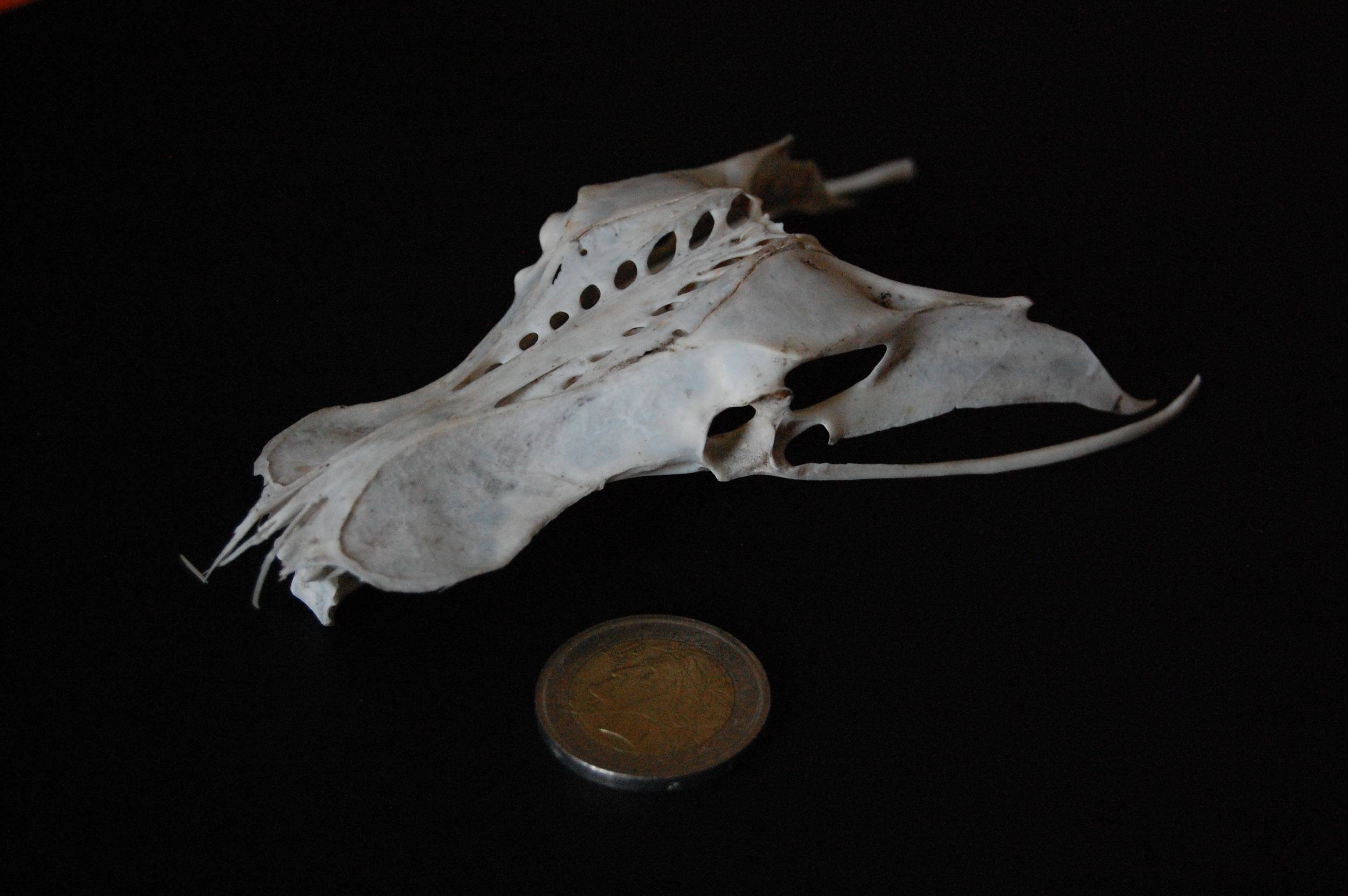synsacrum on:
[Wikipedia]
[Google]
[Amazon]

 The synsacrum is a skeletal structure of
The synsacrum is a skeletal structure of
 The synsacrum is a skeletal structure of
The synsacrum is a skeletal structure of birds
Birds are a group of warm-blooded vertebrates constituting the class (biology), class Aves (), characterised by feathers, toothless beaked jaws, the Oviparity, laying of Eggshell, hard-shelled eggs, a high Metabolism, metabolic rate, a fou ...
and other dinosaur
Dinosaurs are a diverse group of reptiles of the clade Dinosauria. They first appeared during the Triassic Geological period, period, between 243 and 233.23 million years ago (mya), although the exact origin and timing of the #Evolutio ...
s, pterosaurs, as well as xenarthran mammals, in which the sacrum is extended by incorporation of additional fused or partially fused caudal or lumbar
In tetrapod anatomy, lumbar is an adjective that means of or pertaining to the abdominal segment of the torso, between the diaphragm (anatomy), diaphragm and the sacrum.
Naming and location
The lumbar region is sometimes referred to as the lowe ...
vertebrae. Some posterior thoracic vertebrae, the lumbar, sacral and a few anterior caudal vertebrae are fused to form a complex bone called synsacrum. In birds, inate bones are fused with the synsacrum to a greater or lesser extent, according to species, forming an avian pelvis. This forms a more extensive rigid structure than the pelvis of a mammal, fulfilling requirements for flight, locomotion and respiration. Posterior to the bird synsacrum there are a few free caudal vertebrae, the last of which is the pygostyle to which the long, stiff tail feathers are attached. The central section of the synsacrum is swollen to accommodate the glycogen body, an organ whose function is as yet unclear but which may be associated with balance.
In terms of external morphology, the synsacrum corresponds to the rump.
References
Dinosaur anatomy Bird anatomy {{Vertebrate-anatomy-stub